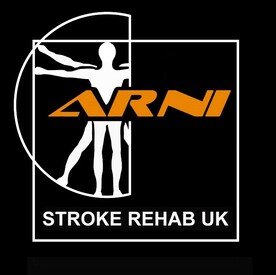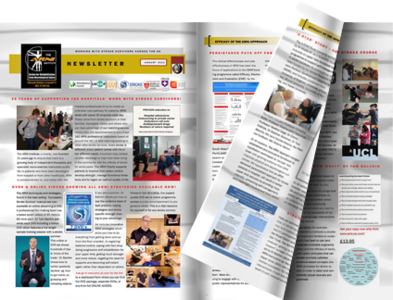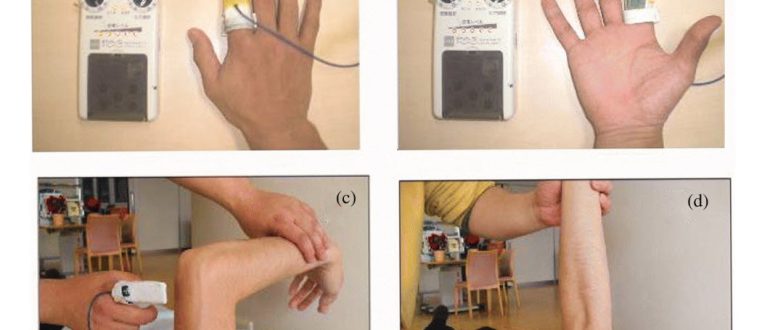For stroke survivors with severe upper limb paralysis, the challenge of engaging in rehabilitation is profound. Conventional electrical stimulation (ES) methods that rely on detecting residual voluntary muscle activity, such as electromyography (EMG)-triggered systems, are often unsuitable for these patients. However, a manual ES technique known as finger-equipped electrode electrical stimulation (FEE-ES) has shown promising potential. This approach allows therapists to directly and precisely control the delivery of electrical pulses, effectively reintroducing the element of patient intention into the therapeutic process.
FEE-ES is a therapist-controlled functional electrical stimulation method where the clinician wears an electrode on a finger, akin to a thimble or finger cap. This allows the therapist to manually apply and release the electrical stimulus to the patient’s skin with precise timing. By placing conventional self-adhesive electrodes on the affected limb, the therapist uses the finger-electrode to deliver the electrical pulses. This allows the therapist to precisely synchronise the electrical stimulation with the patient’s motor intention, even in cases where no voluntary muscle movement or detectable EMG signal is present. This feature engages the patient’s brain in the motor relearning process from the very beginning of rehabilitation.
Early clinical studies have shown that FEE-ES can be feasible, safe, and potentially effective for severe upper limb paresis. In a 2012 study on chronic stroke patients, those receiving FEE-ES showed greater improvement in upper extremity function compared to a control group. A retrospective case series published this year demonstrated that FEE-ES in the acute phase of stroke was feasible, well-tolerated and associated with significant improvements in upper limb motor function in patients with severe paresis.
The synchronisation of electrical stimulation with the patient’s motor intent is believed to promote neuroplasticity, strengthening the neural pathways and encouraging long-term functional recovery. A primary advantage of FEE-ES is its ability to bridge the gap between intent and movement, a critical aspect of recovery that is often inaccessible to severely impaired stroke survivors using conventional ES systems.
FEE-ES is a clinical technique, not a standalone commercial product available for individual purchase in the UK. The implementation of FEE-ES depends on a qualified physiotherapist or occupational therapist using standard electrical stimulation equipment in a controlled, clinical setting. Therefore, its cost is integrated into the therapy sessions themselves, which vary depending on clinical setting, location, and coverage by the NHS or private insurance. Unlike an off-the-shelf device, FEE-ES is a specialised treatment modality that requires skilled professional application.



